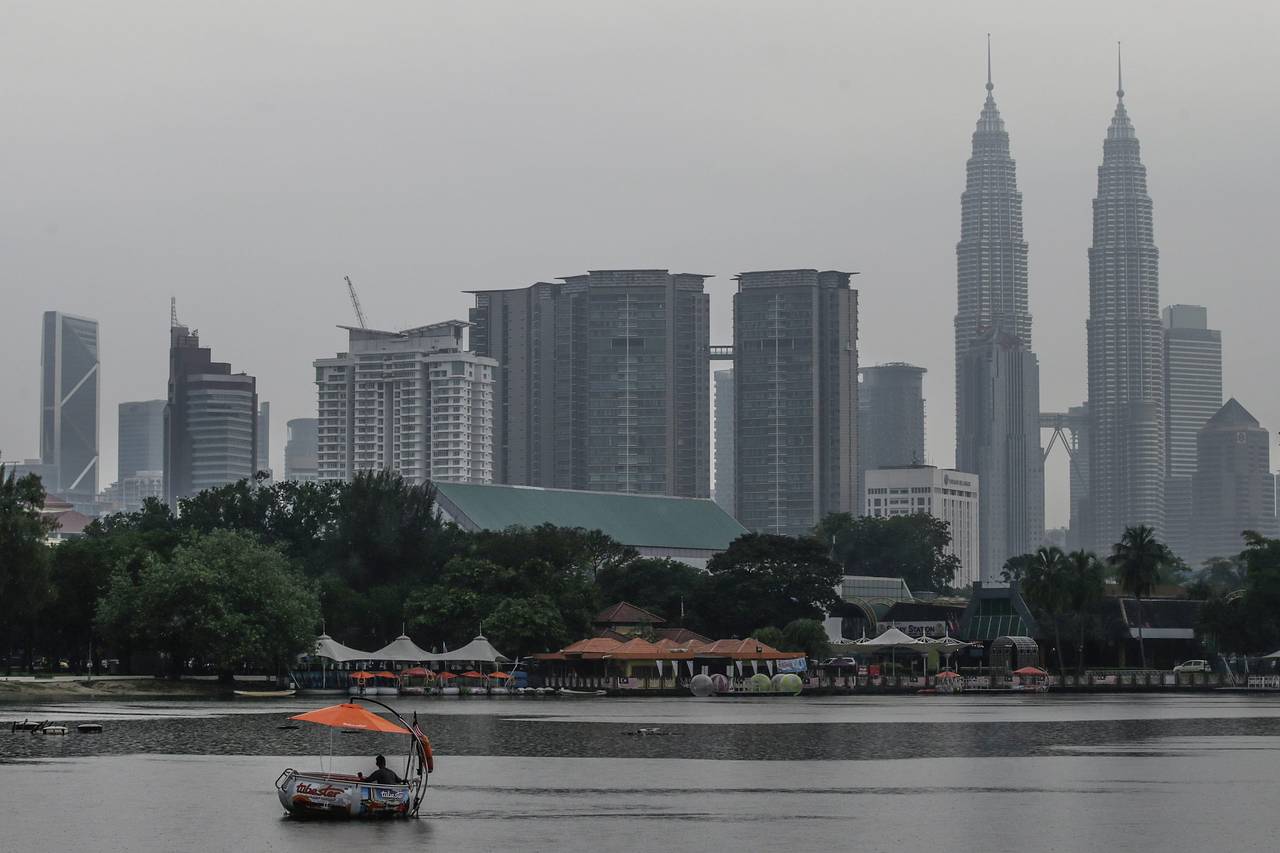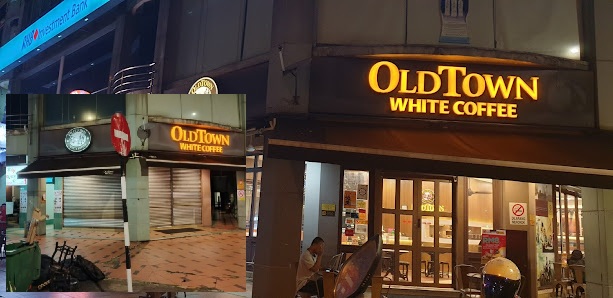THIRTY-FIVE years ago, secondary jungles, rubber and oil palm plantations covered much of the fringes of Kuala Lumpur, but they have been replaced by new townships complete with housing, businesses and public facilities, and left with only pockets of isolated land yet to be developed.
In 1988, the 55-storey and 243.5-metre (799 ft) Menara Maybank was completed, making it the tallest building in the city. It had a net lettable area of 1.09 million sq ft. This year, Maybank headquarters will be moved to Menara Merdeka 118, taking up 33 floors and 650,000 sq ft.
In 2013, a 10 storey school building at Jalan Kuchai Lama in Kuala Lumpur was completed for Sekolah Menengah Kebangsaan Sri Sentosa. On Feb 18 this year, Minister in the Prime Minister’s Department (Federal Territories) Datuk Seri Dr Zaliha Mustafa spoke about what is in store.
She announced that high-rise schools may be developed around Kuala Lumpur to optimise land use in the city, and disclosed that under a plan by City Hall, a single school could have two large building blocks, one with 17 storeys and another with 10 storeys.
The report was met with outcry by conservative members of the public who insisted that schools must only be housed in low-rise buildings, or they have always lived in landed properties such as single-, double- or triple-storey link houses, semi-detached, detached or four-unit cluster houses.
Granted, people could die from falling off tall buildings and every now and then, and there have been reports of children slipping down from balconies or windows. However, such instances are rare and should not deter people from living in tall apartments, as the pros far outweigh the cons.
Aside from relatively lower cost, condominiums offer greater security while landed properties were often broken in or the occupants robbed and even injured. Flash floods could occur after heavy rains when drains are blocked.
Also, mosquitoes fly closer to the ground and passing traffic generate incessant noise, with the volume occasionally elevated by vehicles fitted with modified exhaust using silencers to tune and amplify the sound, instead of suppressing it.
In places where land is plentiful, settlements will grow horizontally. But growth will soon be concentrated in popular areas, making the land here scarcer and expensive. To maximise returns, developers construct tall buildings, with floor space commensurating with their heights.

Vertical expansion is not limited to literally reaching for the skies but can also go deep beneath. Although underground construction is much more costly, it may be necessary at times. For example, much of the subway system in large cities around the world runs underground.
When the Kuala Lumpur Sungai Besi Airport was used by the Royal Malaysian Airforce until 2018, there were no tall buildings in the vicinity. In 2023, two blocks of 66-storey buildings and another with 56 storeys were completed in Chan Sow Lin, a stone’s throw away from the airport.
It makes sense to construct buildings underground near major airports, and it is perfect for hotels as guests will not be disturbed by the roaring sounds of aircrafts.
Public bomb shelters or fallout shelters are also built underground, and subway stations could also be used for this purpose.
But it would not be practical for part of our new school buildings to be constructed underground. Aside from higher cost, our poor maintenance culture may result in a catastrophe.
Over the past decades, I would park at the upper floors instead of the basement whenever there was a choice.
During heavy downpours, I have noticed rainwater flowing into the basements, which would be flooded if they are not pumped out in time. The underpass at Jalan Chan Sow Lin near the LRT station was often flooded when the seven pumps installed there did not perform as hoped.
Taking everything into account, the plan to build tall buildings for schools in Kuala Lumpur is the best option.
On March 20, Prime Minister Datuk Seri Anwar Ibrahim said in a Facebook post that a multi-storey school initiative will be introduced in collaboration with the corporate sector.
Finally, to overcome the scarcity of land, it is time to revisit the linear city concept that was mooted in 1997 but was soon quashed by the Asian Financial Crisis. The plan was to make use of the 12km air space above the Klang River from Jalan Tun Razak to Old Klang Road. – March 24, 2025
YS Chan is master trainer for Mesra Malaysia and Travel and Tours Enhancement Course and an Asean Tourism Master Trainer. He is also a tourism and transport business consultant.
The views expressed are solely of the author and do not necessarily reflect those of Focus Malaysia.
Main image: The Star









